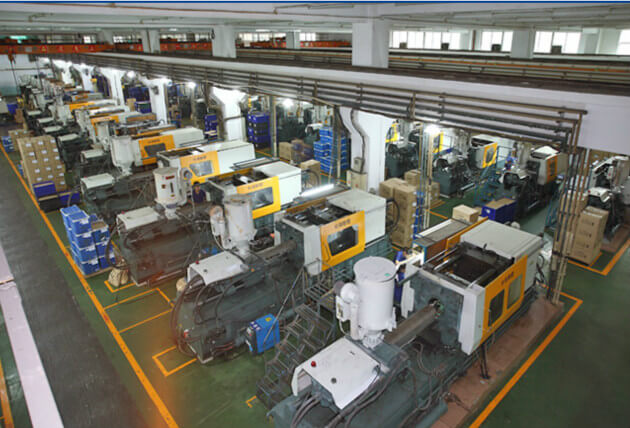The Art of Precision: Demystifying Plastic Injection Molding
Plastic injection molding is an intricate process that plays a fundamental role in the production of a wide array of plastic products we use in our daily lives. This manufacturing technique enables the creation of precision-designed plastic components with remarkable consistency and efficiency. Understanding the inner workings of plastic injection molding brings clarity to the sophisticated art behind transforming raw materials into finely crafted end products. Let's delve into the world of plastic injection molding, exploring its intricacies and demystifying the magic that happens behind the scenes.
History of Plastic Injection Molding
Plastic injection molding has a rich history dating back to the late 19th century. It all began with the invention of the first injection molding machine in 1872 by John Wesley Hyatt. This revolutionary machine allowed for the production of celluloid billiard balls, marking the start of the plastic injection molding industry.
Over the years, advancements in technology and materials have significantly improved the efficiency and precision of plastic injection molding. With the introduction of thermoplastics in the 1930s, the process became more versatile, enabling the creation of a wide range of plastic products in various shapes and sizes.

Today, plastic injection molding has become the preferred manufacturing method for producing high volumes of plastic parts with exceptional accuracy and consistency. The process has evolved to include computer-aided design (CAD) and computer-aided manufacturing (CAM) systems, further enhancing the ability to create intricate and complex plastic components.
Key Steps in the Injection Molding Process
When it comes to plastic injection molding, the first step is the creation of the mold itself. This mold serves as the template for the final product and is typically made from steel or aluminum. It is designed based on the specifications of the part to be produced, ensuring precise dimensions and smooth finishes.
Once the mold is ready, the next step involves the injection of molten plastic material into the mold cavity. This is achieved through a combination of heat and pressure, allowing the plastic to flow and take the shape of the mold. The material is then left to cool and solidify within the mold, ensuring that it adopts the desired form and characteristics.
After the plastic has solidified, the final step is the ejection of the newly formed part from the mold. This process can be automated or done manually, depending on the complexity of the part and the requirements of the production line. Once the part is removed from the mold, it undergoes any necessary finishing touches before being ready for use.
Advantages of Plastic Injection Molding
One significant advantage of plastic injection molding is its high efficiency in producing large quantities of identical plastic parts in a short amount of time.
Additionally, plastic injection molding allows for great design flexibility, enabling intricate and complex shapes to be accurately replicated with ease.
Furthermore, this manufacturing process results in minimal material waste, making it a cost-effective and environmentally friendly solution for mass production.